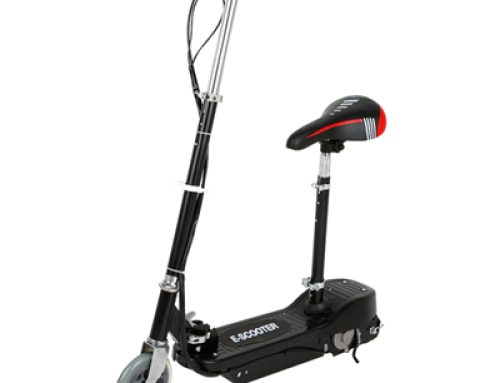1. Insufficient tire pressure will increase the friction between the tire and the road, thereby shortening the mileage. It will also reduce the turning flexibility of the handlebar, which will affect the comfort and safety of riding. When the air pressure is insufficient, the air pressure should be added in time, and the tire pressure should be in accordance with the recommended air pressure in the instruction manual or the specified air pressure on the tire surface.
2. When the handlebars are not flexible, they should be lubricated or adjusted in time when they are stuck, rigid or tight. Lubrication generally uses butter, calcium-based or lithium-based grease. When adjusting, first loosen the front fork lock nut and rotate the front fork to the upper gear. When the handlebar turning flexibility meets the requirements, lock the front fork lock nut.
3. The front and rear wheels are not flexible enough to rotate, which will increase the rotational friction and increase the power consumption. Thus, the continuous mileage will be reduced. Once there is a failure, it should be lubricated and maintained in time. Lubrication generally uses butter, calcium-based or lithium-based grease. If the shaft is faulty, the steel ball or shaft can be replaced. If the motor is faulty, it should be repaired by a professional maintenance unit.
4. When checking the circuit, turn on the power switch to check whether the circuit is unblocked. Whether the connectors are firmly inserted and whether the fuse is working properly. Especially whether the connection between the battery output terminal and the cable is firm and reliable. If the fault is found, it should be eliminated in time.







